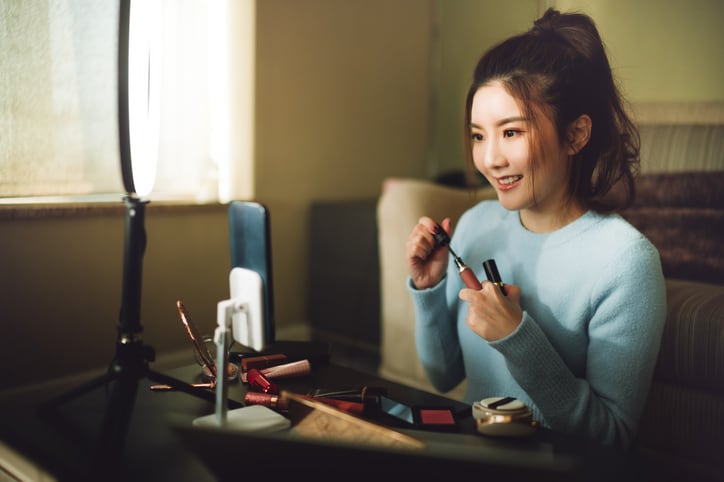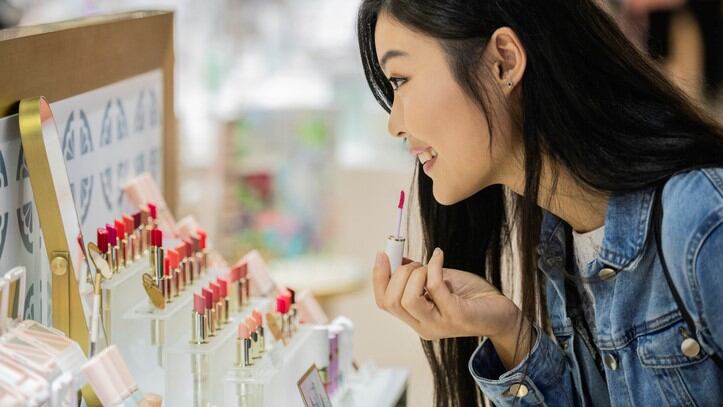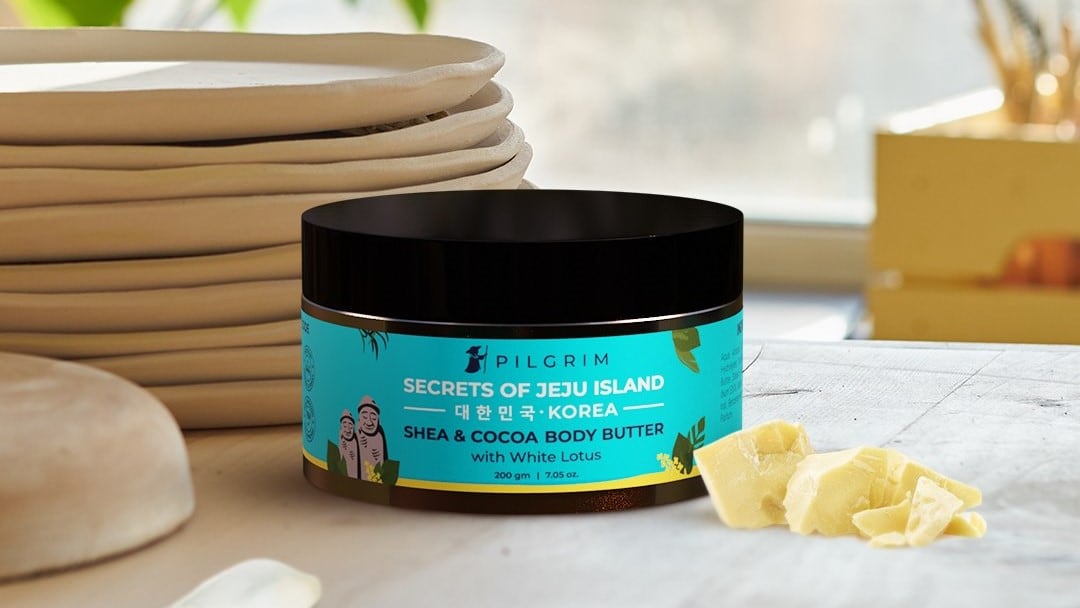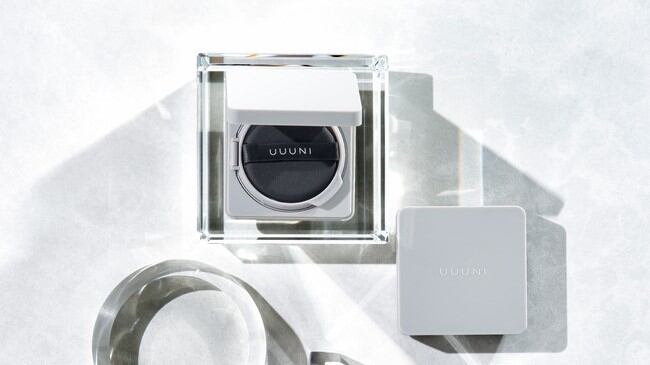In this review article conducted by researchers at Dongguk University in South Korea, 43 research papers were analysed from online database, spanning the years 2019 to 2021, and included studies done in Poland, China and South Korea.
Researchers wrote in the Journal of Cosmetic Dermatology, “This study is expected to be used as a marketing reference which depicts the changes in the beauty industry and online purchasing behaviours post–COVID-19.”
This study was split into three sections, examining the purchasing habits of beauty products pre and post pandemic, the rise of wanghong in China which influence purchasing rates, and the expansion of online services to cater to consumers.
Wanghong is a newly coined term referring to an Internet star popular on social networking sites. Unlike celebrity marketing, consumers recognise these influencers as ordinary people who are not much different from themselves and tend to trust them more.
Functional cosmetics
In the first part of the study, researchers found differences in past and present purchasing of beauty products.
For instance, during the pandemic, users showed more interest in skin care and cleaning products such as hand sanitiser, shower body gel, and hair conditioner.
The use of make-up such as nail varnish, lipstick, eyebrow pencil and blusher were significantly reduced.
Post-pandemic, users would also avoid buying tinted make-up, and only buy basic make-up.
Another change was a preference for products that were functional.
For instance, the use of digital screens has increased exponentially during the pandemic which increased people's exposure to blue light. This exposure can cause oxidative damage to skin cells and some companies have developed blue light prevention cosmetics to block the blue light.
Anti-ageing products was another popular category.
Rise of wanghong
The second part of the study analysed increased purchasing rate due to the rise of wanghong in China.
“From the perspective of the cosmetic companies, it is common to choose influencers as the advertising models instead of celebrities, and the influencers directly engage in selling the products which increases the sales,” researchers said.
It stated that the wanghong market is known to be worth about RMB 100 billion (US$15.5bn), and it has emerged as a new marketing channel.
Some Korean companies recently entering China are also recognising and utilising wanghong to market its products.
However, users should take note that wanghongs are famous because of their Internet presence and are not experts in the beauty or any industry so their opinions may not be trustworthy.
Customised cosmetics
The last part of the study investigated the transition from a non-contact society due to COVID-19, to an online experience.
Prior to the pandemic, consumers largely purchased products through observing, touching, and smelling products at physical stores.
Now, they are referring to online reviews, listening to influencers’ opinions, and purchasing products online to be delivered to them.
The change in online and offline sales are evident. Some retailers which have both online and offline stores saw their online sales increased triple-digits during the pandemic.
Some companies have begun introducing one-on-one customer care to cater to the diverse needs of consumers.
These include using augmented reality to analyse skin, and offering personalised cosmetics.
“This reflects the changing roles and functions of the beauty market due to the diversification of the market caused by the lockdown of cities,” researchers said.
In Korea, some companies are even conducting direct-to-consumer genetic testing to develop products tailored to individuals. DTC genetic testing allows consumers to receive their genetic tests at home and complete the test without visiting medical institutions such as hospitals.
Source: Journal of Cosmetic Dermatology
https://doi.org/10.1111/jocd.14357
“Changes in purchasing patterns in the beauty market due to Post–COVID-19: Literature review”
Authors: Youngsil Ma, Ki Han Kwon




